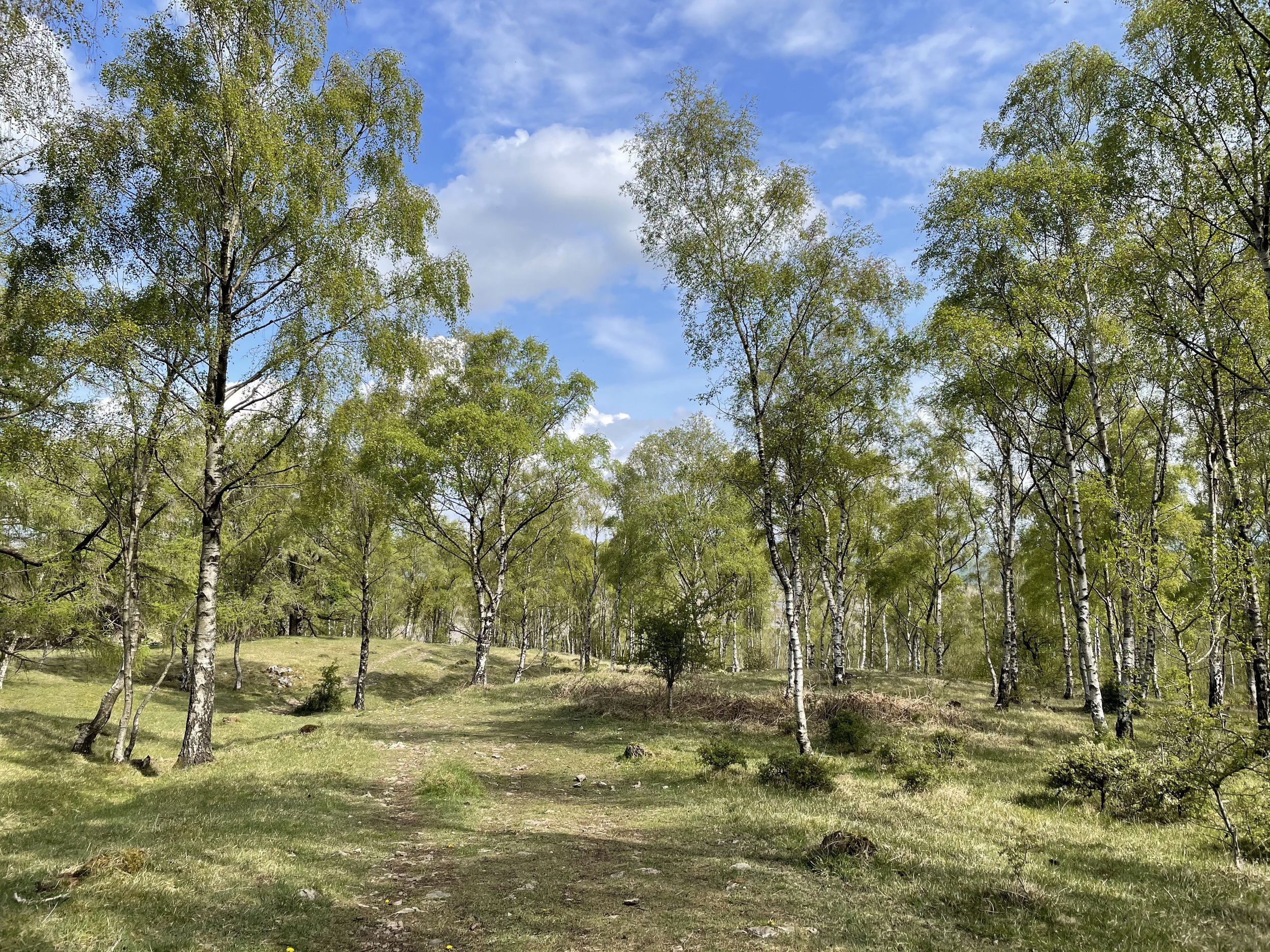What Wood you do?
Woodland is a ‘broad’ word used to describe a number of different habitats - a number of titles are used to infer a type of woodland - plantation, semi-natural woodland, wood pasture, coppice, forest… To most people a woodland is simply a collection of trees but how that collection of trees is made up can be really key to what lives there.
Humans have managed woodland for centuries - in the past this was for basic need and all products coming out of the wood had a use - tools, fuel, shelter. The Morecambe Bay area like many other wooded landscapes was managed via coppicing - chopping down selected trees for specific uses and allowing them to regrow from the stumps, creating a sustainable product for future use.
Woodlands now are more often seen as places for recreation, and visitors can often be confused by the sight of trees being chopped down. Woodlands still need managing but today the purpose is more to maintain the variety of wildlife found there and the safety of visitors.
Since mass human intervention, causing large scale deforestation and replacement of diverse woodlands with single species plantations, we have lost many woodland natural processes meaning we have to intervene to try to recreate them.
In a ‘virgin’ woodland there would be a continual cycle of trees growing and dying - as trees die they would fall and create space within the woodland for new trees to grow. In a plantation all the trees tend to be the same age and often create a closed canopy meaning new trees struggle to find a way in and trees all grow old at the same time. A thick forest like this supports very little bird, other plant or invertebrate life.
A great woodland for wildlife will have a range of tree species and ages which will encourage a wide variety of birds, mammals and invertebrates which will all contribute to the health and future of the woodland. Birds will nest in the younger bushier trees and feed on the invertebrates living in the mature and dead wood. Mammals and birds will eat and disperse seeds helping species to spread across the woodland and wider landscape. Fallen trees will be left to rot with invertebrates and fungi breaking down this dead wood to create new soil for young trees and plants to grow, and so the cycle continues.
Coppicing woodland delivers many of these benefits - allowing light into the woodland floor enables regrowth of coppiced trees to create a bushy layer within stands of more mature trees. it also opens up the ground to allow bluebells, wild garlic and other woodland flora to flourish.
Morecambe Bay has an almost continuous history of coppicing and today has a number of coppice coops who not only help manage the woodlands for wildlife but also use the wood for fuel, in the form of firewood and charcoal, and to make traditional coppice crafts for sale and use locally.
The safety of ever growing numbers of visitors also has to be a consideration of woodland management. Tree diseases such as ash dieback can be a factor in this - as the disease acts quickly it can be necessary for safety reasons to remove many of the ash trees in our landscapes particularly those next to roads, houses and paths - these decisions are not taken lightly and where possible trees will be left to provide much needed deadwood within a woodland.
As you can see woodland management is a complex beast and takes a lot of knowledge, time and effort - next time you’re out walking in the woods and see some trees being chopped down - stop and ask yourself what wood you do??
Want to know more? Book a NaturesGems tour!






